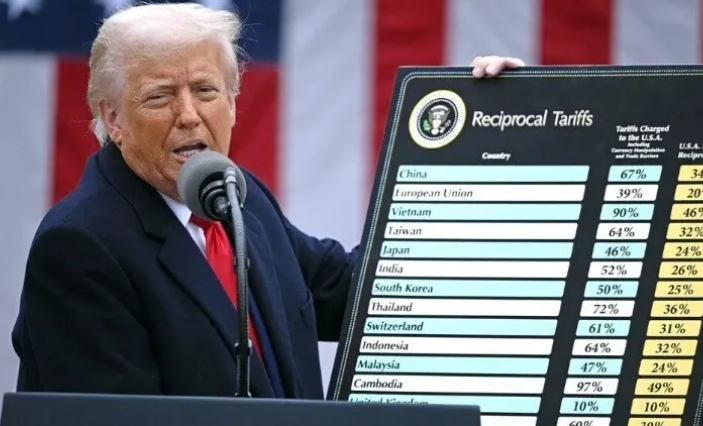On January 27, the National Pension Service (NPS) 국민연금 issued a grim report: if it stays its current course, the National Pension Fund will run out of money by 2055, two years sooner than previously projected in 2018. The depletion date drew closer because South Korea’s birth rate continued to fall while life expectancy continued to rise - in other words, fewer will pay into the pension, while more will draw from it.
It would be excessive to claim that South Koreans will have no public pension in just a few decades, as a number of panicked headlines suggested. With KRW 917t (USD 746.3b) in assets under management, the NPS is the second largest pension fund in the world behind only the Government Pension Investment Fund of Japan. The NPS has a stellar investment record, posting a 65 percent return on investment in the five years between 2017 and 2022, well above the industry average of 48 percent for the same time period. In addition, the national pension is a legally guaranteed right; even if the NPS should run out of money, the government is required by law to fund it directly out of its budget.
Nevertheless, reform will be necessary to ensure that the NPS continues to pay pensions in a stable way. The NPS is internally debating whether to raise its rate of income replacement (currently set at 40 percent), but there is an internal consensus that the pension contribution rate should be gradually raised to 15 percent of income from its current 9 percent.








